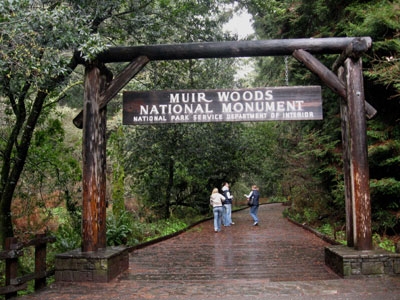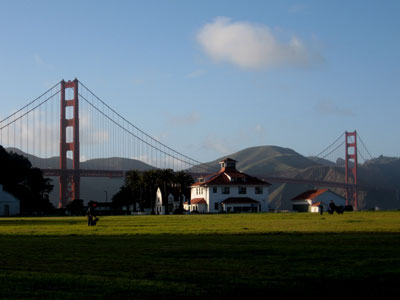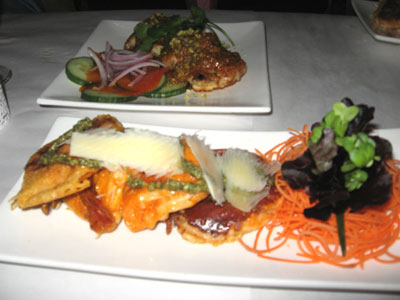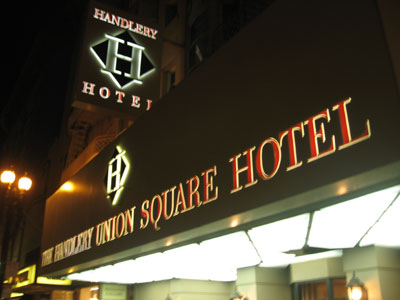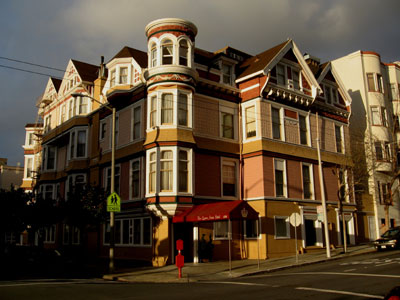We had about an hour to walk around these majestic trees, and ironically the rain provided the perfect mood for this mysterious environment. Paved walking trails and unpaved hiking paths run through the entire forest, and the two areas closest to the entrance are called Bohemian and Cathedral Grove. Other trees in the forest include Bigleaf Maple trees, the Tanoak and the California Bay Laurel. A plaque designates the location of a ceremony that was held in May of 1945 to commemorate the passing of President Franklin Delano Roosevelt.

Muir Woods
After our walk we headed back to the Incredible Adventures van where we started to warm up again and listened to Michelle’s informative narration as we drove north. The Sonoma Valley is where the California wine industry was born. Some of the earliest wineries located here in the 1800s and even survived the phylloxera epidemic of the 1870s which was caused by aphid-like insects that destroyed most of the vineyards in Europe and also spread throughout North America.

Bob Flynn from the Roche Winery
Before lunch we stopped at two wineries, where we got to taste a whole variety of red and white wines and even some local olives and olive oils. At Roche Winery we learned that they produce 10,000 cases a year that are primarily sold through wine clubs. The winery even offers a futures program where cases of wine are bought before they are even grown. Special events highlight the season at this winery, and in August there are several big parties to celebrate winemaking and cuisine.

Great oversize posters at Roche Winery
The wine club offers various members-only benefits such as special discounts on wine and merchandise purchases as well as reduced prices during the special events. Roche Winery features medal-winning varieties including white and red Chardonnays, Pinot Noirs, Zinfandels, Merlots as well as dessert wines, such as a late harvest Merlot and a Muscat.

Wine education at Homewood Winery
Our second stop was Homewood Winery, a small winery that bills itself as “close to a one-man winery” run by owner David Homewood. This small winery limits its production to 3000 cases annually, and originally grew out of David Homewood’s home-based wine-making efforts. One of David’s mottos is “the redder the better” – he has a deep appreciation for red wines. He works closely with several other small family-owned grape-growing operations which allows him to take over their entire production. David likes wine-blending, and his “Flying Wizzbanger” creation is the result of these efforts. The name of this blend incidentally alludes to David’s former basketball team.

Some complimentary taste treats at Homewood Winery
Dave Bixner, the wine tasting associate at Homewood Winery, invited us to sample some of the olives and olive oils that had been put out for the benefit of the tasting audience. The wine list includes Sauvignon Blanc, Chardonnay, Pinot Noir, Zinfandel, Merlot, Cabernet, as well as my favourite: a dessert wine called the 2006 Sonoma County Merlot Port. We also received a lesson in wine education: Dave taught us how to properly roll a glass during the tasting, how to identify our predominant nostril for absorbing the aroma of the wine, and he showed us the “legs” of different types of wine: the different types of streaks that run down the side of the glass after swirling the wine which provide information about the body of the wine.

The wine tasting students are eager to learn
After this educational outing we continued on into the town of Sonoma which had its origin in 1823 with the founding of the Mission San Francisco Solano, the farthest north of the 21 California Missions that formed the Camino Real or “Royal Road”. By this time Sonoma was part of Mexico, which had won independence from Spain in 1821. By 1846, California had become part of the United States, and Sonoma was indeed the birthplace of American California. The Bear Flag Revolt was launched by thirty-three men on the Sonoma town plaza when they raised a flag featuring a bear and a star, symbolizing the new California Republic. They staged a revolt and seized the small Mexican garrison in Sonoma as part of the Mexican-American War. As a result of this war, Mexico lost more than 500,000 square miles (about 1.3 million square kilometers) of territory including Texas, California, Nevada, Utah, Arizona, New Mexico and Colorado.

Lunch at the Basque Boulangerie Café
